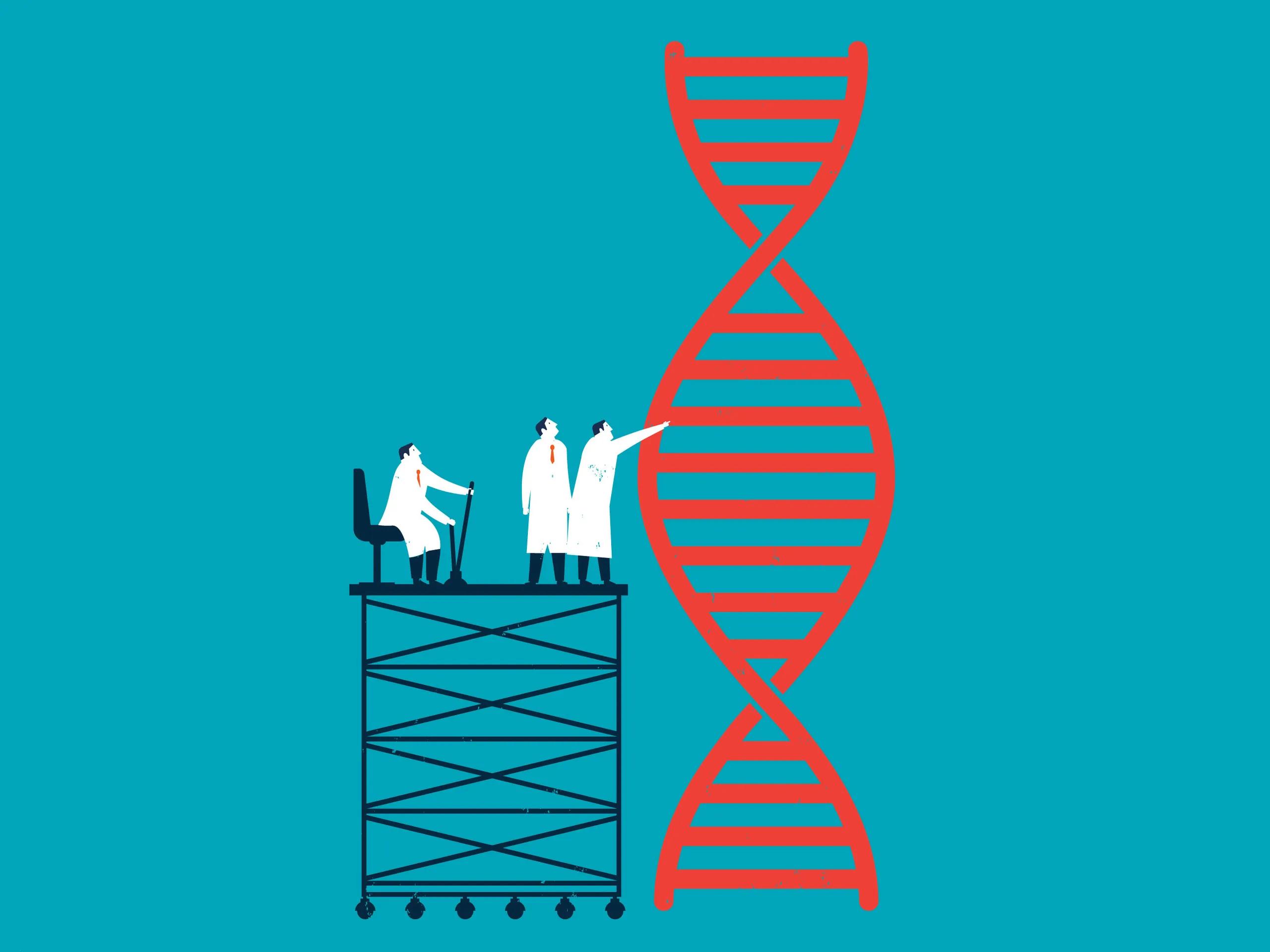
Genetics is a fascinating field that reveals the intricate mechanisms that shape life. At the core of this complexity are gene mutations—essential changes that can influence everything from our traits to our health. In this blog, we’ll explore the different types of gene mutations, their causes, and their significance in biology and medicine.
What Are Gene Mutations?
Gene mutations are alterations in the DNA sequence that can occur due to various factors. These changes may arise naturally during DNA replication or result from environmental influences such as chemicals, radiation, or viruses. Understanding these mutations is crucial for deciphering genetic variation and its implications for evolution and health.
Types of Gene Mutations
1. Point Mutations
Point mutations are the simplest type of mutation, involving a change in a single nucleotide. They can be classified into three types:
Silent Mutations: These mutations do not alter the protein produced. For instance, a change from GAA to GAG still codes for glutamic acid, which might influence gene expression without affecting the protein’s function.
Missense Mutations: These mutations result in the incorporation of a different amino acid into a protein. A notable example is the mutation causing sickle cell anemia, where a single nucleotide change alters hemoglobin, leading to significant health issues.
Nonsense Mutations: These mutations create a premature stop codon, truncating the protein and often resulting in a nonfunctional product.
2. Insertions and Deletions
Insertions and deletions (indels) involve adding or removing nucleotide bases:
Insertions can introduce extra nucleotides into the DNA sequence, potentially disrupting the reading frame and altering the resulting protein.
Deletions remove nucleotides, which can also shift the reading frame, often leading to frameshift mutations that produce nonfunctional proteins.
3. Frameshift Mutations
Frameshift mutations occur when insertions or deletions are not in multiples of three nucleotides, causing a shift in the entire reading frame. This can drastically change the protein produced, often leading to completely different and dysfunctional proteins.
4. Copy Number Variations (CNVs)
Copy number variations refer to changes in the number of copies of specific genes or genomic regions:
Duplications can lead to extra gene copies, which may contribute to various conditions, including certain cancers and developmental disorders.
5. Inversions
Inversions occur when a segment of DNA is reversed within a chromosome:
Pericentric Inversions include the centromere and can rearrange gene order, potentially affecting their function.
Paracentric Inversions do not include the centromere and can complicate genetic inheritance during reproduction.
6. Translocations
Translocations involve rearrangements of segments of DNA between non-homologous chromosomes:
Reciprocal Translocations involve the exchange of segments between two chromosomes, which can disrupt gene function.
Robertsonian Translocations occur when the long arms of acrocentric chromosomes fuse, which can lead to chromosomal abnormalities like Down syndrome.
7. Expanding Repeats
Expanding repeat mutations consist of sequences of DNA that are repeated several times, sometimes increasing over generations. Huntington’s disease is a prime example, caused by a CAG repeat expansion in the HTT gene, leading to neurodegeneration.
The Role of Genetic Testing
Genetic testing is an essential tool in modern healthcare that helps identify mutations and their implications:
Diagnosis: Genetic tests can pinpoint specific mutations linked to genetic disorders, aiding in accurate diagnosis and tailored treatment plans.
Carrier Testing: This testing determines if individuals carry mutations that could be passed on to their offspring, even if they show no symptoms.
Predictive Testing: Some tests assess the likelihood of developing certain genetic conditions before symptoms appear, enabling proactive health management.
Pharmacogenomics: This field examines how genetic variations affect drug responses, allowing for personalized medication strategies that enhance treatment efficacy and minimize side effects.
Screening: Prenatal and newborn screenings can detect genetic disorders early, facilitating timely interventions and better health outcomes.
Ethical Considerations
The intersection of gene mutations and genetic testing raises important ethical questions. Issues related to privacy, informed consent, and potential discrimination must be addressed to ensure responsible use of genetic information.
Conclusion
Gene mutations are fundamental to our understanding of genetics and play a crucial role in health and disease. By exploring the various types of gene mutations and their implications, we gain insights that can inform healthcare decisions and strategies. As advancements in genetic testing continue, the potential for personalized medicine expands, promising improved health outcomes for individuals. Always consult healthcare professionals when considering genetic testing to ensure informed choices about your health.

















Write a comment ...